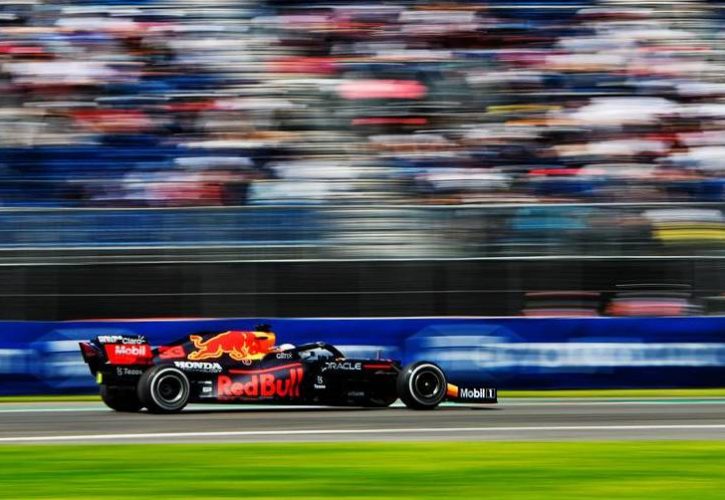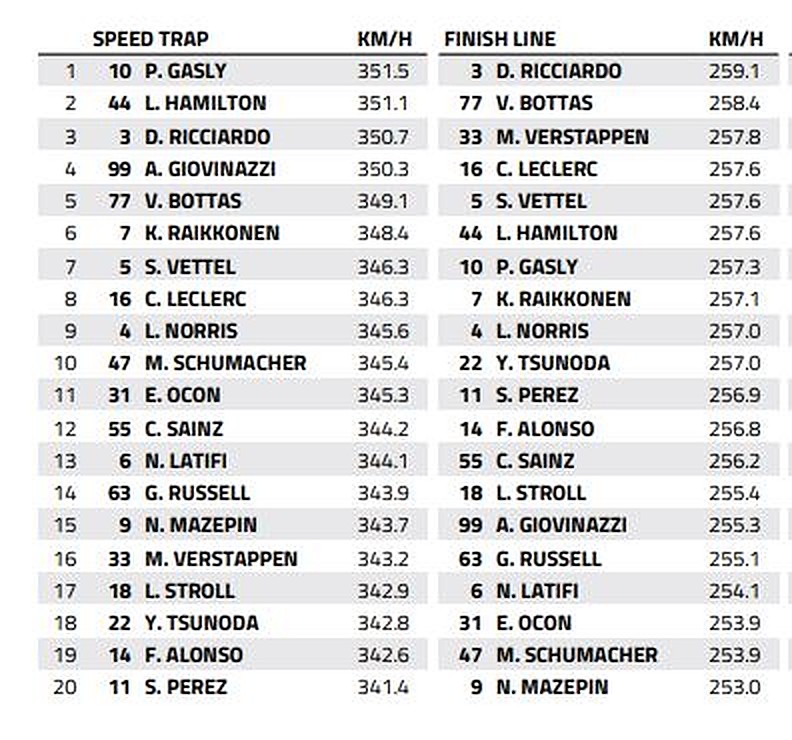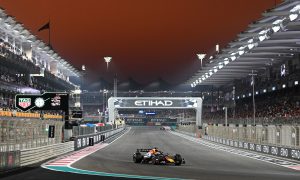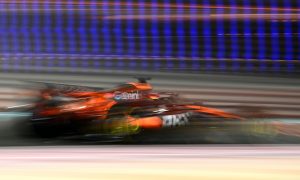
Mexico City is located at 2,200 meters above sea level, which means that altitude is everything at the Autodromo Hermanos Rodriguez.
Rarefied air means less downforce, which teams compensate for by running more wing, but without sacrificing too much straight-line speed.
However, the high altitude environment also puts big demands on engines, with turbos spinning faster to inject air into the unit, a condition that tends to equalize engine performance among the manufacturers.
Honda came out on top in qualifying, with AlphaTauri's Pierre Gasly blasting past the speed trap at a beefy 351.5 km/h.
But the Frenchman's strong V-max still didn't come close to the top speed record held in F1 by Valtteri Bottas since 2016, when the Finn, driving for Williams, clocked in at 375.2 km/h at the end of Mexico City's main straight.
Gasly's velocity just edged Lewis Hamilton's top speed, logically confirming Mercedes' vigor on the straights which was also helped by a few engine tweaks that have cured the unit's past high-altitude weakness.
But in the opposing camp, Red Bull's chargers were once again stranded among the laggards in terms of top speed.
However, when the lights go out this afternoon, it's going to be a frantic and fascinating slipstream drag-fest down to the first corner for the front-runners.
But even if Max puts one over the Mercs at the start, the Dutchman will likely be challenged to hold his own up ahead.

Gallery: The beautiful wives and girlfriends of F1 drivers
Keep up to date with all the F1 news via Facebook and Twitter






